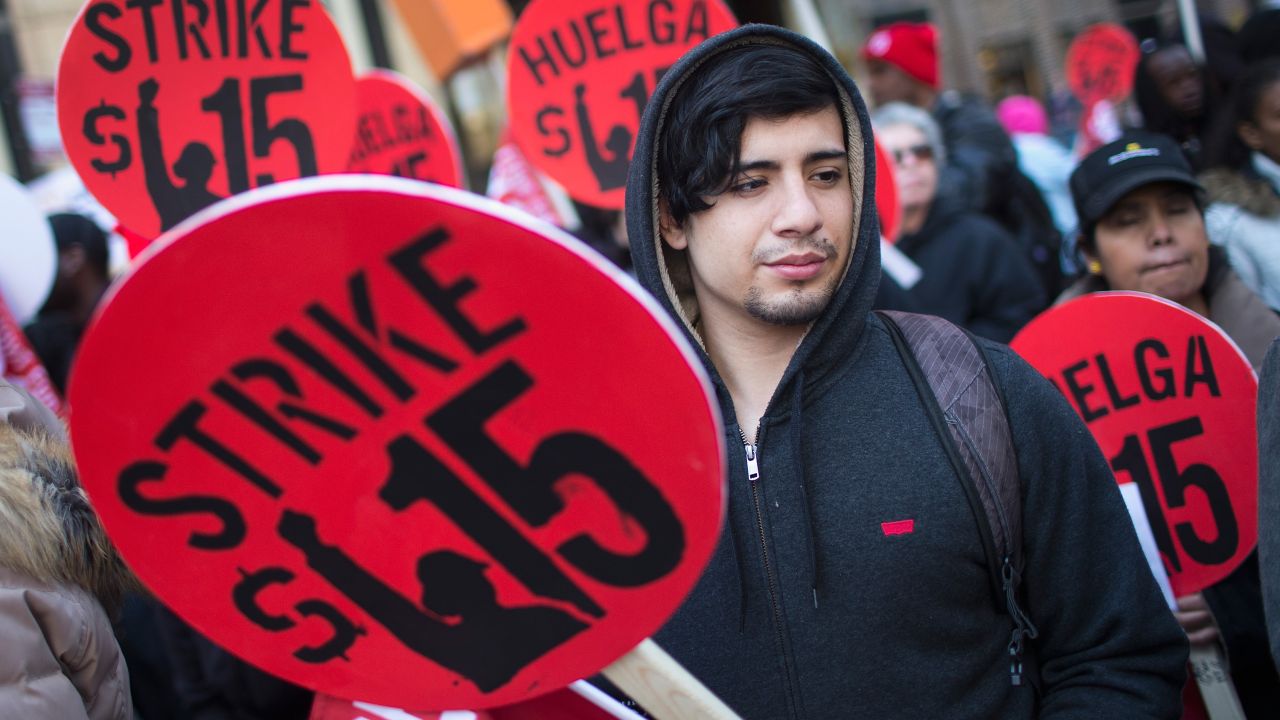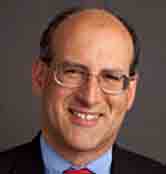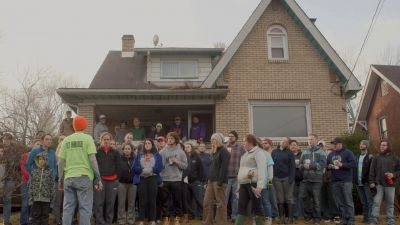
Demonstrators demanding an increase in the minimum wage to $15-per-hour marched earlier this year in Chicago. (Photo by Scott Olson/Getty Images)
“The labor question, is, and for a long time must be, the paramount economic question in this country.” — Justice Louis Brandeis, 1904
The labor question is back. After World War II, it seemed to many that widespread unionization and collective bargaining had made sure that the people who did the work in this country were getting a fair share of the wealth they created, and that through their unions working people had a substantial voice in the way our country was governed.
But we live in a different world today. Only 11 percent of all American workers belong to a union, and less than 7 percent of private-sector workers are organized. Workers’ incomes have been stagnant for decades, and whatever gains have occurred in family income have gone entirely to the top of the wage structure, driving runaway inequality. At the same time, working people feel increasingly alienated from and betrayed by our political system.
It wasn’t so long ago that very serious people denied that the economy was failing working people in America. But overwhelming data on inequality and wage stagnation marshalled by such economists as Emmanuel Saez, Thomas Piketty and the team at the Economic Policy Institute have changed the narrative. Now defenders of the status quo of runaway inequality have shifted from saying there isn’t a problem to saying that, while there is a problem, NOTHING CAN BE DONE. The new line from the very serious people is that runaway inequality and stagnant wages are somehow the result of the unstoppable natural forces of technological change and globalization.
There are two reasons to be suspicious of those who move so easily from denial to despair. First, basic economic theory tells us that when productivity rises, wages should rise as well. Technological progress should make the average person better off, not worse off. Second, globalization and technological change are not confined to English-speaking countries — yet since 1980 the United States and the United Kingdom have been total outliers in terms of wage stagnation and inequality among advanced societies.
The data strongly supports what the American people say that they believe in poll after poll — that elites rigged the economic rules in our society to benefit themselves. That the United States adopted public policies — labor laws, trade rules, fiscal and monetary policies, immigration policies and tax policies — that ensured technological progress and globalization would benefit only a small number of Americans.
And so the labor question is back, and that question is: How can the people who do the work in America receive a fair share of the wealth we create, and how can our voices be heard in our politics, our society and our culture?
The reason this question was so important to Justice Brandeis and at least as important to America today is that when working people are economically exploited and socially and politically marginalized, our economy and our society do not work. Our economy stagnates, our competitive position deteriorates and our politics become prey to purveyors of extremism and hate. And the most dangerous moment for a democracy is if the people who do the work conclude they live in a democracy in name only, where the ballot box is just window dressing for a process controlled by the rich.
The labor question pervades our public policy debates — but if you don’t listen carefully, you might miss it. When you hear economists bemoan “secular stagnation” and “demand shortfalls,” they are talking about the labor question. They are talking about stagnant wages and loss of worker bargaining power.
When you hear business leaders and engineers talk about the crisis in infrastructure and education — about how no one can find the political will to raise the taxes to fund the investments we must make to be competitive — they may not know it but they are talking about the labor question. Throughout modern history, in every successful society, organized workers provide the political power to drive public investment.
When you hear business leaders complain they can’t find skilled workers, and can’t afford to train their workforces, they, too, are talking about the labor question. Individual employers never train their workers adequately — it’s not economically rational to do it. Where workers are organized, together with their employers they can solve the collective action problem of training.
That’s how it still works today in highly unionized parts of our economy, and that’s how it works in countries that compete with us like Germany. But increasingly, as private-sector union density falls, adequate training is the exception rather than the rule.
In America, the labor question has always been intertwined with issues of race and gender. Sometimes people talk as if the working class is made up of white men. The reality is that the majority of people in jobs paying less than the median wage are women and people of color, and the economic devastation in deindustrialized predominantly African-American communities like St. Louis and Baltimore is part of the labor question, as is the denial of rights to undocumented workers.
And so when you hear concern from all quarters about rising extremism and hate, you are hearing a conversation about the labor question.
When working people organize around their economic interests, and when public policy supports working people having an independent voice in our politics and our society — then working people themselves can ensure we are not left behind, that our issues are heard and addressed.
When we are marginalized, ignored and silenced, some of us become desperate, like anyone else would. Some of us give up on our democratic system, and some of us are tempted to turn on each other. The labor question is not just economics. Solving it is fundamental to the health of our democracy.
The 20th century was called the “American Century” fundamentally because we addressed the labor question democratically and we did it first — propelling the US out of the Great Depression and enabling us to be the Arsenal of Democracy. Our 20th-century economic competitors were torn apart by the social conflicts associated with the labor question, and they became the battlefields of World War II.
In the 21st-century global economy, those countries that can solve the labor question will be able to sustain broad-based prosperity. Those that do not will face social instability and national decline.
The labor question has an answer. When the people who do the work in our society have collective voice through unions — democratically run workplace organizations — then working people have a way of being heard when the big decisions get made in the workplace and in public life.
But the labor question has many false answers as well. In this presidential election year of 2016, all the false answers are on display — racism, faith in the benevolence of the super rich, and appeals to return to the social order of the past. And so are the real answers — standing up to those who would divide us, bringing working people together, strengthening worker bargaining power and worker voice, and using that voice and that power to drive investment in our nation’s future. The choice could not be clearer or more urgent.




